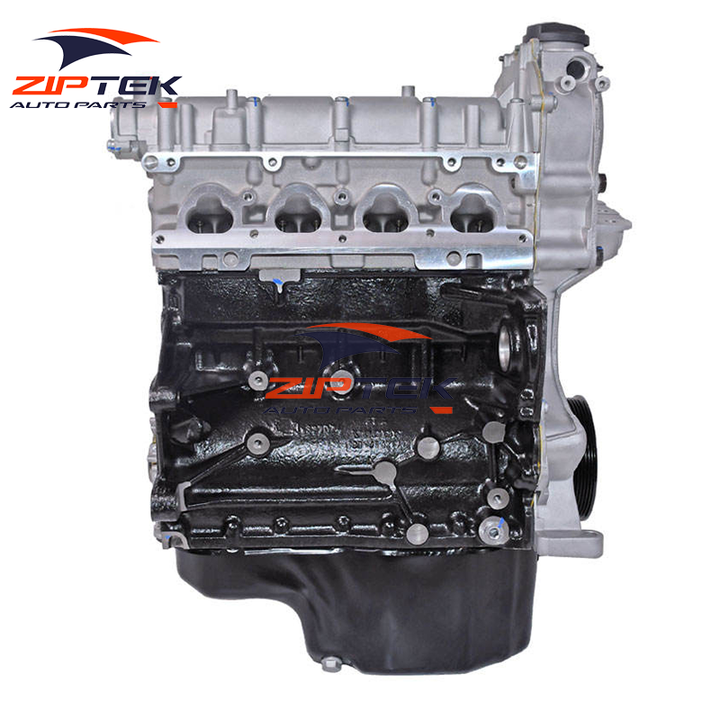Trust a premium clp engine for heavy-duty use.
Wiki Article
Just How a Clp Engine Can Enhance Effectiveness in Various Industries
The advent of CLP engines marks a significant change in operational performance throughout various industries, driven by their capability to optimize gas usage and minimize downtime. Industries such as manufacturing and logistics stand to acquire substantially from their robust layout and regular power result, which guarantee to streamline operations and boost efficiency. As companies increasingly prioritize sustainability along with efficiency, the function of CLP engines ends up being a lot more vital. What remains to be seen is how these advancements will shape the future landscape of commercial procedures and their effect on broader economic patterns (clp engine).Summary of CLP Engines
CLP engines, or Continuous Fluid Propellant engines, stand for a significant development in propulsion technology, specifically for room applications. These engines utilize a continuous feed system that permits for the continual expulsion of propellant, resulting in enhanced effectiveness and performance contrasted to standard strong or hybrid propulsion systems. By preserving a continuous circulation of fluid propellant, CLP engines can accomplish much more specific thrust control, which is vital for maneuvering spacecraft in various objective scenarios.The style of CLP engines integrates sophisticated materials and innovative fuel administration systems. clp engine. This causes minimized weight and boosted integrity, necessary variables for long-duration area goals. In addition, the continual procedure reduces the risk of combustion instability, a common challenge in conventional rocket engines.

Benefits in Manufacturing
The manufacturing of Continuous Fluid Propellant (CLP) engines provides several remarkable benefits that boost both effectiveness and cost-effectiveness. One of the key advantages is the structured manufacturing procedure, which lowers the complexity related to conventional propulsion systems. By making use of liquid propellant, producers can attain greater precision in engine performance, leading to enhanced energy outcome and lowered waste.In addition, CLP engines assist in a higher level of modularity, permitting for simpler combination right into numerous production lines. This adaptability can substantially decrease preparations and enhance overall functional adaptability. Using CLP innovation likewise often tends to lessen the demand for considerable maintenance due to fewer relocating parts, which equates right into reduced downtime and functional costs.

Applications in Logistics
Leveraging Continuous Fluid Propellant (CLP) engines in logistics offers significant advantages in functional efficiency and dependability. These engines give a robust option for numerous transportation requirements, allowing the seamless motion of goods throughout large distances. The intrinsic layout of CLP engines enables consistent power result, which converts into smoother and a lot more predictable transportation routines.Among the key applications of CLP engines in logistics is in durable products transportation, where they can drive both ground and aerial automobiles. Their capacity to maintain high efficiency under differing load conditions makes sure that distribution timelines are click here for more info fulfilled, therefore enhancing consumer contentment. Additionally, CLP engines can be incorporated right into automated logistics systems, assisting in real-time monitoring and enhancing path planning.
Moreover, the toughness of CLP engines reduces maintenance downtime, permitting logistics companies to maximize their functional abilities. This is particularly helpful in warehousing procedures, where effectiveness in handling and transferring products is vital. As logistics proceeds to evolve, the assimilation of CLP engines stands for a forward-thinking approach that not only improves efficiency however additionally sustains the industry's growing needs for reliability and speed.
Influence On Energy Performance
Exactly How do Constant Liquid Propellant (CLP) engines improve power effectiveness in transportation? CLP engines use a regular flow of fluid gas, optimizing combustion procedures and maintaining a stable thrust result. This design minimizes energy losses connected with typical combustion engines, where fuel delivery can vary and bring about inefficiencies.The constant procedure of CLP engines permits a more effective thermal cycle, resulting in higher specific impulse contrasted to traditional engines. clp engine. This converts to minimized gas consumption for the very same amount of job done, considerably decreasing operational costs throughout different transport markets, consisting of aviation and maritime sectors
In addition, the ability of CLP engines to preserve optimum performance under varying tons conditions decreases the need for regular velocity and deceleration, additionally enhancing gas performance. Enhanced energy effectiveness not only adds to cost financial savings but additionally causes decrease greenhouse gas discharges, straightening with worldwide sustainability goals.
Future Trends and Innovations
Emerging advancements in Continual Fluid Propellant (CLP) engine modern technology promise to change the landscape of transport efficiency and sustainability. As markets pivot towards greener choices, CLP engines stand at the center, incorporating ingenious materials and layout methods that boost performance while minimizing ecological influence.One of one of the most appealing patterns is the adoption of crossbreed systems that incorporate CLP engines with sustainable energy resources. This harmony can optimize gas usage and reduce emissions, aligning with international sustainability goals. Advancements in computational fluid characteristics (CFD) are assisting in the design of more aerodynamically reliable engines, leading to reduced drag and improved you can try this out fuel performance.
In addition, the growth of wise monitoring systems is established to enhance operational efficiencies. These systems utilize information analytics and IoT technology to maximize engine performance in real-time, guaranteeing that the engines run within their most efficient parameters.
As research study proceeds to check out different propellant solutions-- such as biofuels and synthetic gas-- the future of CLP engines looks promising. By harnessing these innovations, markets can not just improve their efficiency yet also add considerably to a cleaner, extra sustainable future in transportation.
Final Thought
In conclusion, CLP engines stand for a significant advancement in effectiveness across numerous markets. Their capacity to maximize fuel intake and lower operational costs, integrated with a constant feed great post to read system, boosts power output and operational integrity. The assimilation of advanced products and less moving components lessens maintenance requirements, while positioning with sustainability goals settings CLP engines as a crucial modern technology for the future. Continued development in this field guarantees additional improvements in efficiency and environmental performance.Report this wiki page